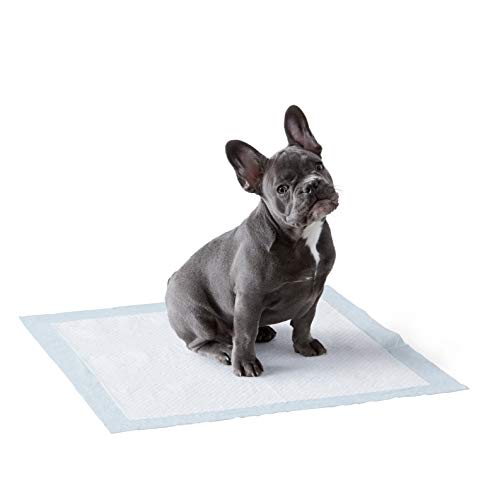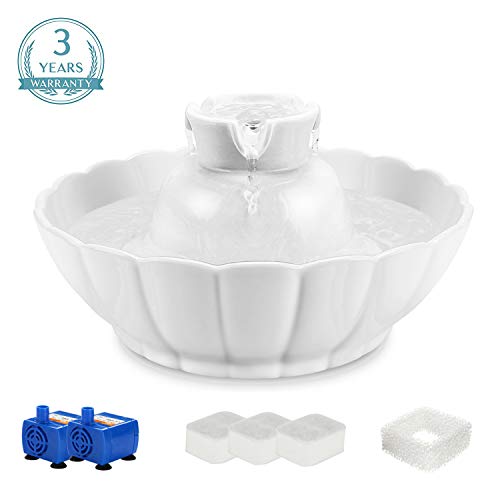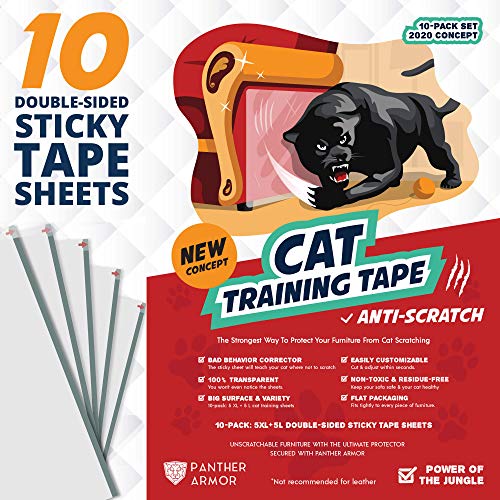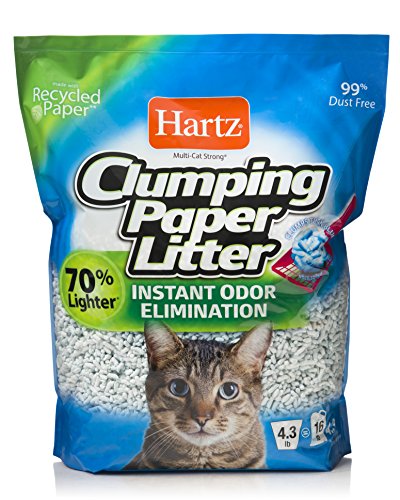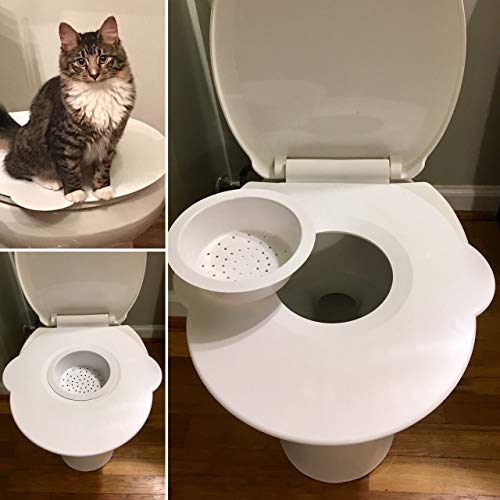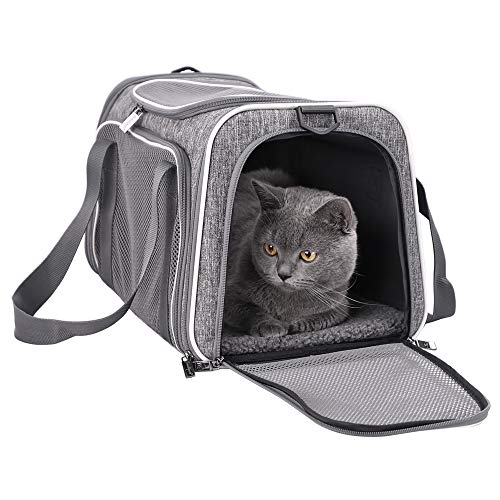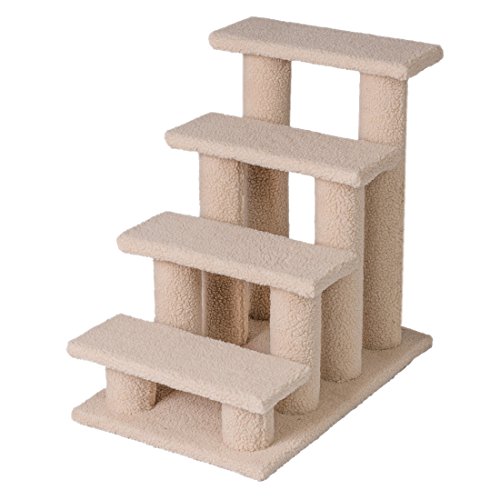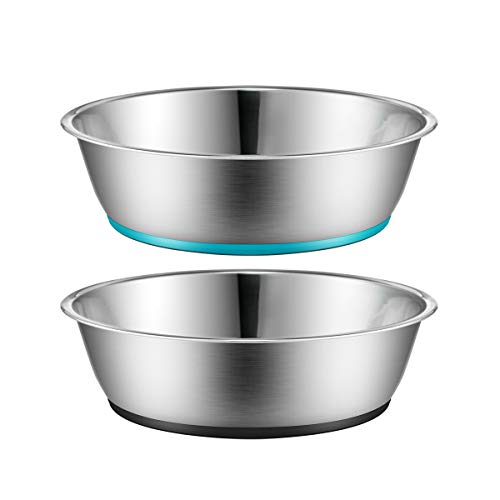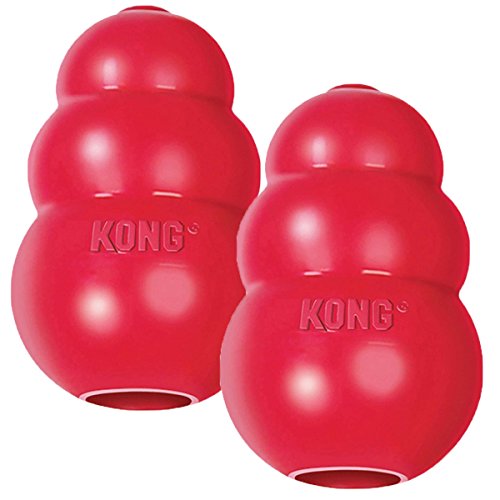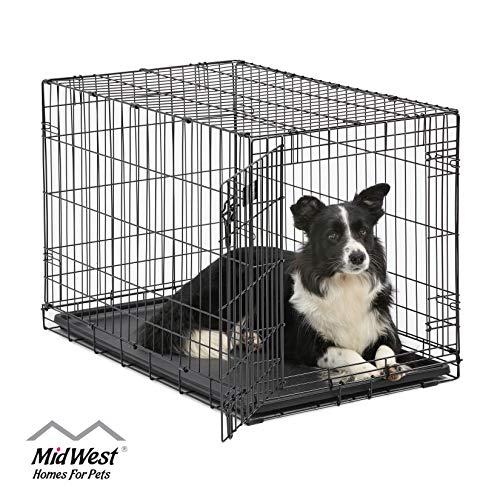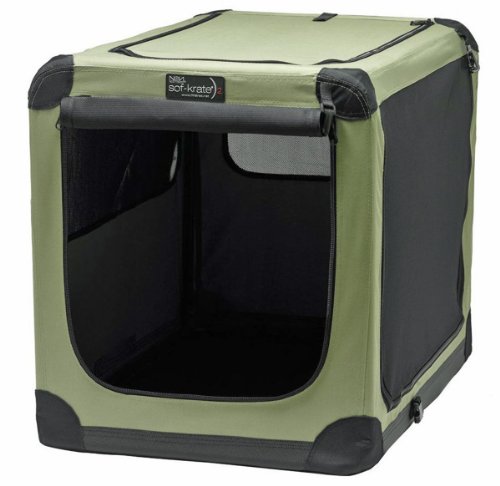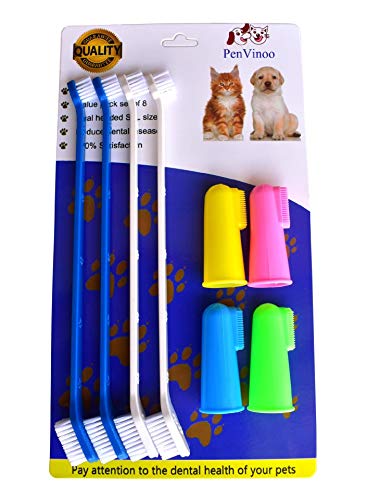Nutrition and food is one of the most important things we can do to impact our pet’s health and well-being. The food we feed is what goes into their body every day and that’s the tools the body has to work with to try to get and stay as healthy as possible. So it’s really important that the food we’re using is healthy and safe. But lots of things can make our pet’s food less healthy and even unsafe.
I want to share with you a great resource for pet food safety: Pet Food Safety Veterinary Lab. This lab is run by a veterinarian who has tons of expertise and degrees in Food Safety and she can actually test your pet’s food for things that could make it unsafe. It’s an amazing resource and I encourage you to check it out!
Why do we need pet food testing? What are we concerned about? A lot of things! You may remember recent pet food recalls due to euthanasia solution (pentobarbital) in the pet food, or when there was plastic (melamine) in pet foods. Both of these resulted in pet’s dying after eating these contaminated foods. There are constantly recalls of pet foods for things like bacterial contamination or incorrect amounts of minerals or other issues. So there are many things that can make our pet’s food unhealthy or unsafe.
Things that encourage inflammation are unhealthy. Foods that are heavily processed (like kibble) have more pro-inflammatory compounds due to their processing. High levels of a variety of pro-inflammatory compounds called MRPs (Maillard Reaction Products) and AGEs (Advanced Glycation Endproducts) are present in processed pet foods including canned, extruded and pelleted kibble diets.1,2 These inflammatory compounds are absorbed by pets when they eat these foods.3
Unbalanced diets are unhealthy. What does that mean? Diets need to be complete: contain all the vitamins, minerals, proteins, and fats that pets need for proper health and physiologic functioning. Diets also need to be balanced: the correct amounts of all those things need to be present. It’s not helpful if there’s too little of these important things. Serious issues can result if important nutrients are not present or not present in the correct amounts.
Diets with mystery ingredients are potentially unhealthy. Food allergies and sensitivities are very common in pets so we often want to avoid certain ingredients, especially proteins. However it’s not uncommon for commercial pet foods to contain different proteins than what it says on the label. In studies anywhere from 38% to over 80% of tested foods were mislabeled.4,5
Foods with toxins and contaminants are unhealthy. These can be molds and mycotoxins, bacterial contamination, excessive thyroid hormone contamination, heavy metals or plastics (melamine), or contamination with drugs like euthanasia solution (pentobarbital). These are all things that have contaminated pet foods recently and caused pets to become sick or even die.
So that all sounds pretty bad and scary so how can we make sure the food we’re feeding our pets is as healthy as it can be?
Avoiding the more processed foods is a great start. Less processed foods would be things like fresh food, dehydrated, or raw foods. That reduces the issues with pro-inflammatory compounds and reduced bioavailability of the more processed foods.
Commercially available pet foods including less processed commercial foods like fresh foods, dehydrated, and raw foods, should theoretically be complete and balanced. They will have a statement on them that it is formulated to meet AAFCO requirements for All Life Stages or Maintenance. Which means it should theoretically be ok although there have definitely been cases where there have been issues even with commercial foods. If you want to do home made food it is critical to work with a veterinarian or use resources from veterinary nutritionists like BalanceIt.com to be sure that the diet you make is complete and balanced. Trying to just add over the counter “pet vitamins” will not provide adequate levels of nutrients, especially calcium.
To help avoid mystery meats and contaminants the best will be to source the ingredients yourself and make your own complete and balanced diet after using BalanceIt.com or working with a veterinarian. However I know not everyone has the capacity to do that so sometimes we have to use commercial options.
Even with the less processed foods as I’ve discussed before there’s really nothing about the label or package that tells you about sourcing of ingredients, what their quality control is, etc that might reduce the risk of issues. You can call and ask but no one really has time for that.
This is where Pet Food Safety Veterinary Labs can come in! It’s run by Dr. Donna DeBonis, a vet who has worked in human food safety and now offers lab testing of pet foods. It’s a really amazing resource to have. Go check out her website and all the testing options she has to help you determine if your pet’s food is safe and doing all the good health supporting things we want it to do. She can test for contaminants, she can test for diets being complete and balanced, she can test for DNA so you know for sure what’s in it.
She also tracks pet food recalls all over the world and has a great podcast with interviews of lots of interesting speakers on pet food safety. I recently did an interview with her about how important food is for pet health and how important it is for that food to be safe and healthy which you can check out here.
Our pet’s food plays an important role in their overall health and well-being so it’s important that food is healthy and safe. Many things can make it unhealthy and even unsafe. We can try to make sure it’s as safe and healthy as possible by feeding less processed food, making sure diets are complete and balanced and knowing what is and isn’t in them. It’s not always easy to know if diets are complete and balanced and what is and isn’t in them. Pet Food Safety Veterinary Labs can test pet food and help you know that your pet’s food is safe and healthy.
References
Van Rooijen, Charlotte, et al. “Quantitation of Maillard Reaction Products in Commercially Available Pet Foods.” Journal of Agricultural and Food Chemistry, vol. 62, no. 35, 2014, pp. 8883–8891., https://doi.org/10.1021/jf502064h.
Van Rooijen, Charlotte, et al. “The Maillard Reaction and Pet Food Processing: Effects on Nutritive Value and Pet Health.” Nutrition Research Reviews, vol. 26, no. 2, 2013, pp. 130–148., https://doi.org/10.1017/s0954422413000103.
Palaseweenun, Pornsucha, et al. “Urinary Excretion of Advanced Glycation End Products in Dogs and Cats.” Journal of Animal Physiology and Animal Nutrition, vol. 105, no. 1, 2020, pp. 149–156., https://doi.org/10.1111/jpn.13347.
Maine, Isabella R, et al. “Investigation into the Animal Species Contents of Popular Wet Pet Foods.” Acta Veterinaria Scandinavica, vol. 57, no. 1, 2015, https://doi.org/10.1186/s13028-015-0097-z.
Okuma, Tara A., and Rosalee S. Hellberg. “Identification of Meat Species in Pet Foods Using a Real-Time Polymerase Chain Reaction (PCR) Assay.” Food Control, vol. 50, 2015, pp. 9–17., https://doi.org/10.1016/j.foodcont.2014.08.017.































